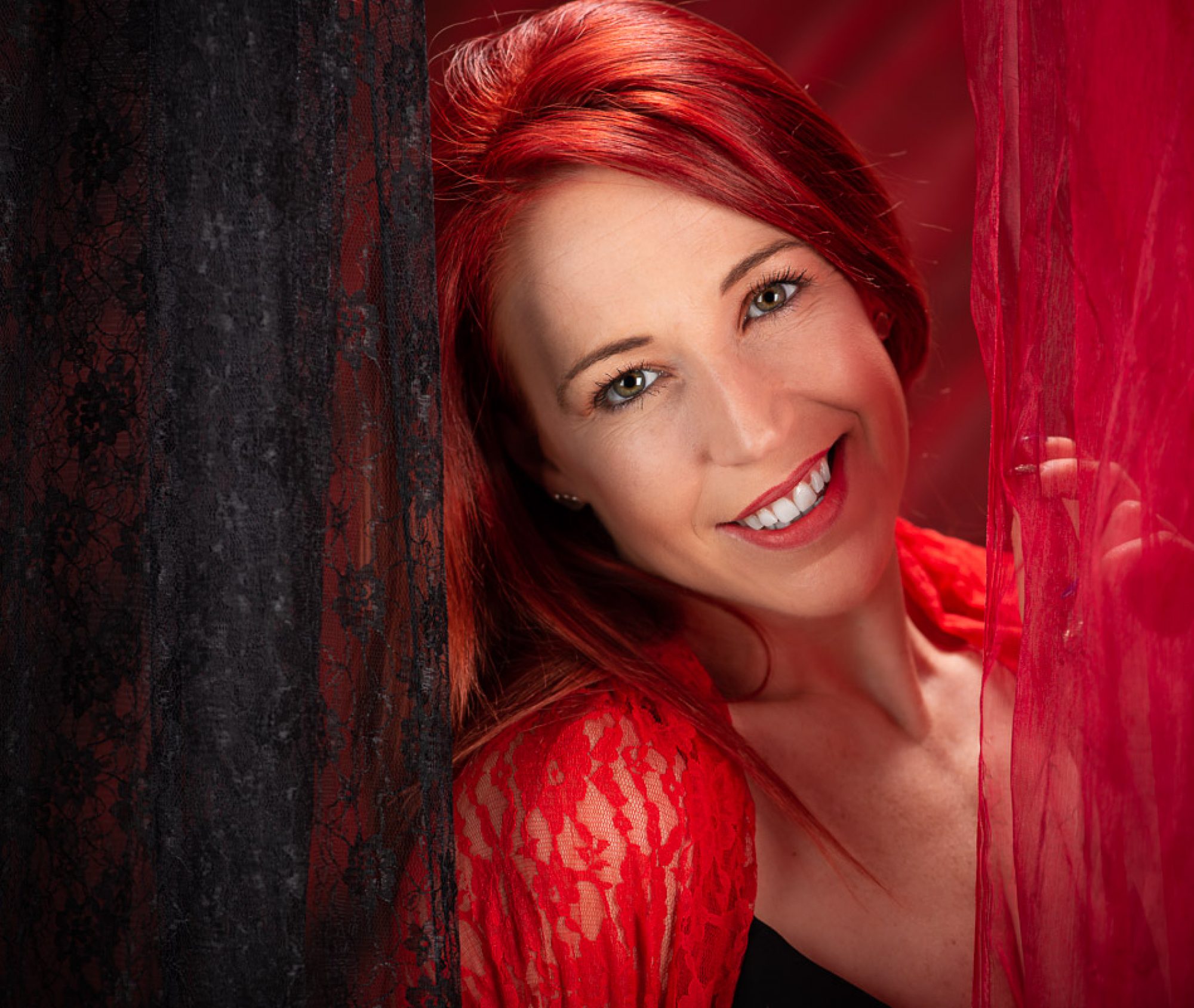Profiling is a key element of modern digital post processing.
Many people just shoot and publish either on web or paper, but getting your images to look right can be tricky if you do not fully understand all the elements.
Using the correct colour space, shooting RAW, calibrating your monitor are all essential elements to shooting digital and getting good output. Then there is Camera Calibration Profiles, Print Profiles etc. For beginners it can quite a minefield.
There is also the fact that not all monitors are created equal and laptop screens are inferior to desktop monitors, and while it may seem contrary to common sense, Black & White photography needs even higher end monitors then does colour.
A few years ago trying to get all these elements correct would prove extremely challenging but today things are a little easy.
High quality monitors which can approach the AdobeRGB Colour Space are now available well under £1000, cameras have a setting for AdobeRGB, and Software tools like Adobe Lightroom and Photoshop support work spaces like ProPhoto RGB, to maximise range of colours and tones available while editing.
Its a fact that while people understand that the computer screen can display a different set of colours and a wider dynamic range it is not better or superior to a paper print. Then there is the web, many browsers while capable of handling colour management some do not. sRGB is still the colour language of the internet and a picture in a web browser is a poor substitute for your own calibrated screen showing your own work in Adobe Lightroom/Photoshop or Apples Aperture, or a fine print.
The best way of learning is to attend a good course on the subject but the next best thing is to purchase the series of video tutorials on the website Luminous Landscape.
Over the next few posts i’ll attempt to offer an introduction to the art of profiling, because without it no matter how you edit your photographs you are working in the dark.
